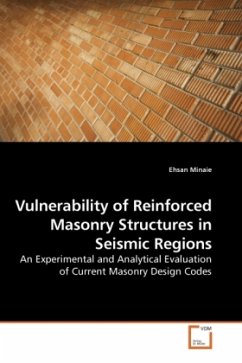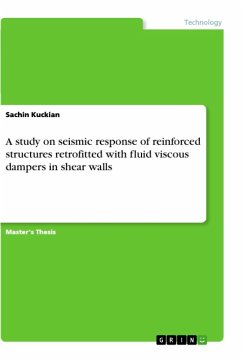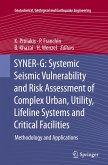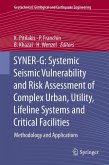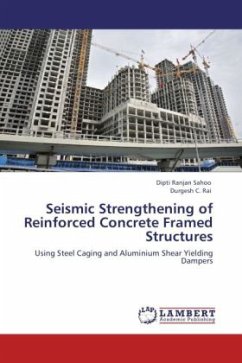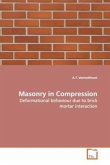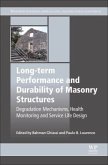The overarching goal of the research presented herein is to establish the key behavior mechanisms and seismic vulnerabilities of reinforced masonry (RM) shear walls. Currently, there are knowledge gaps related to partially grouted masonry shear walls, regarding their failure mechanisms, applicability of current code provisions to PG walls, and influence of bidirectional loading on the behavior of such walls. To bridge these gaps a research program that integrated both experimental and analytical approaches was conducted and reported in this book. Results from this study indicated that out-of-plane drifts corresponding to the collapse prevention limit state may reduce the in-plane capacity of PG walls by more than 20%. Although the capacity of PG walls is influenced by out-of-plane drifts, their hysteretic responses, and in particular, energy dissipation and ductility capacities remain nearly unchanged. As a result, the seismic response of PG masonry walls is likely only nominallyaffected by bi-directional ground motions.
Bitte wählen Sie Ihr Anliegen aus.
Rechnungen
Retourenschein anfordern
Bestellstatus
Storno

